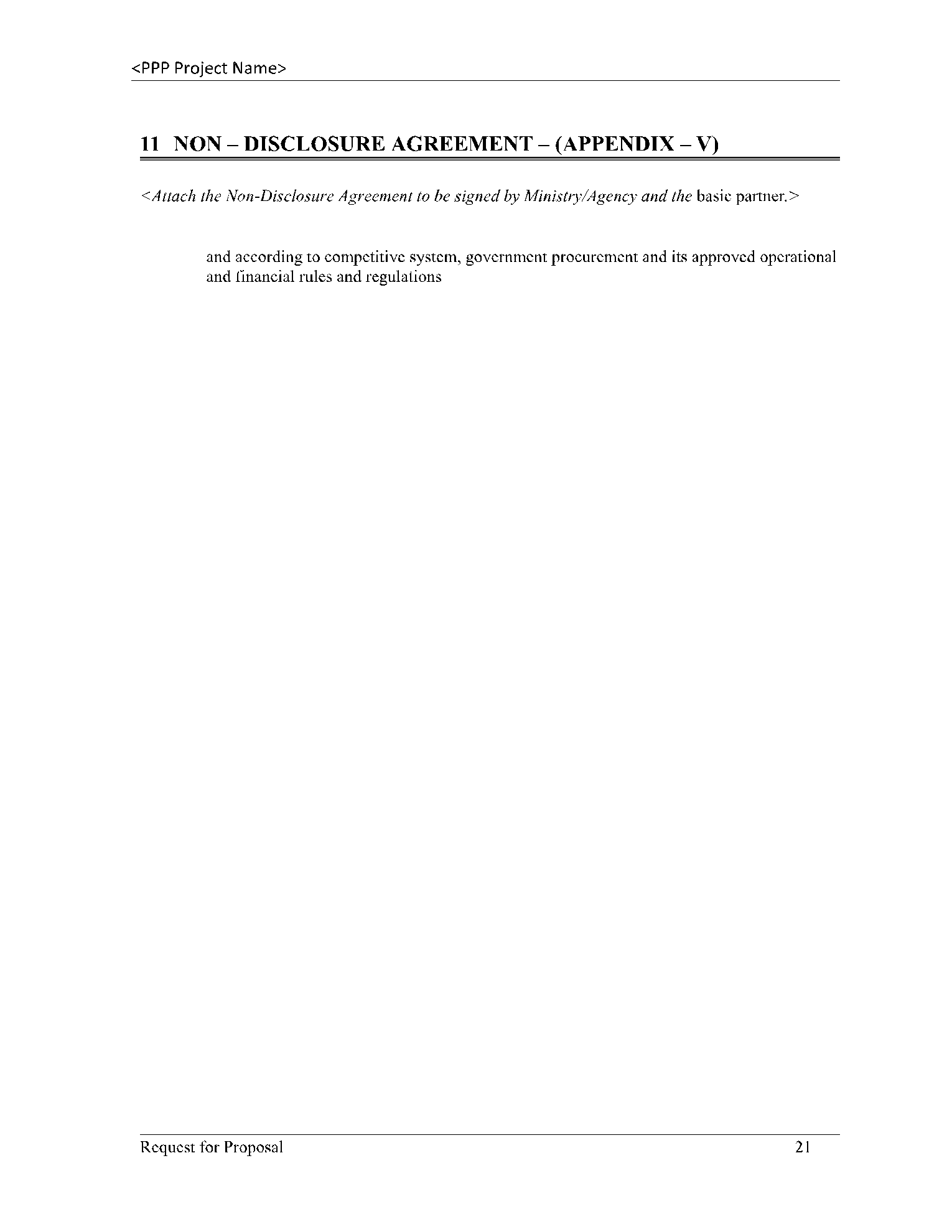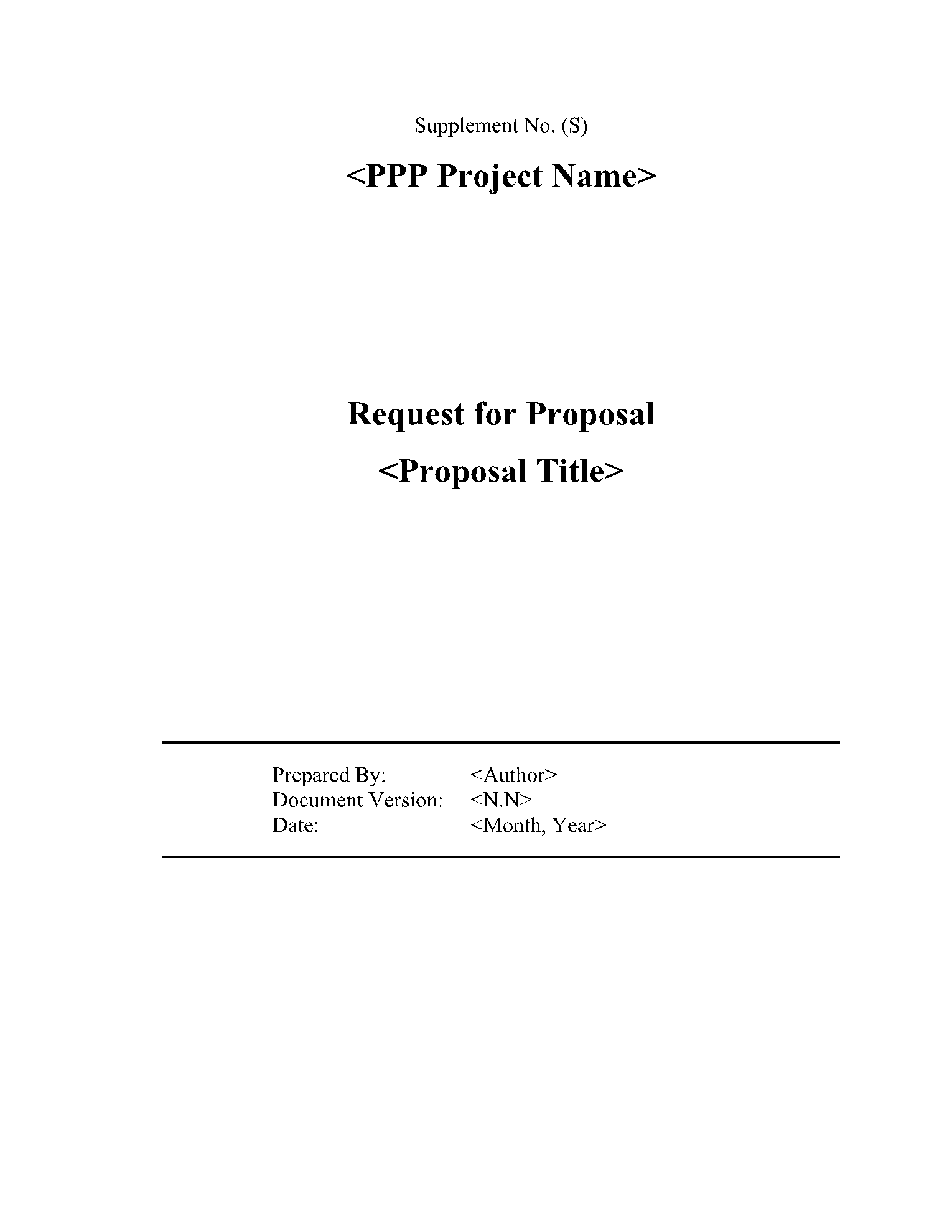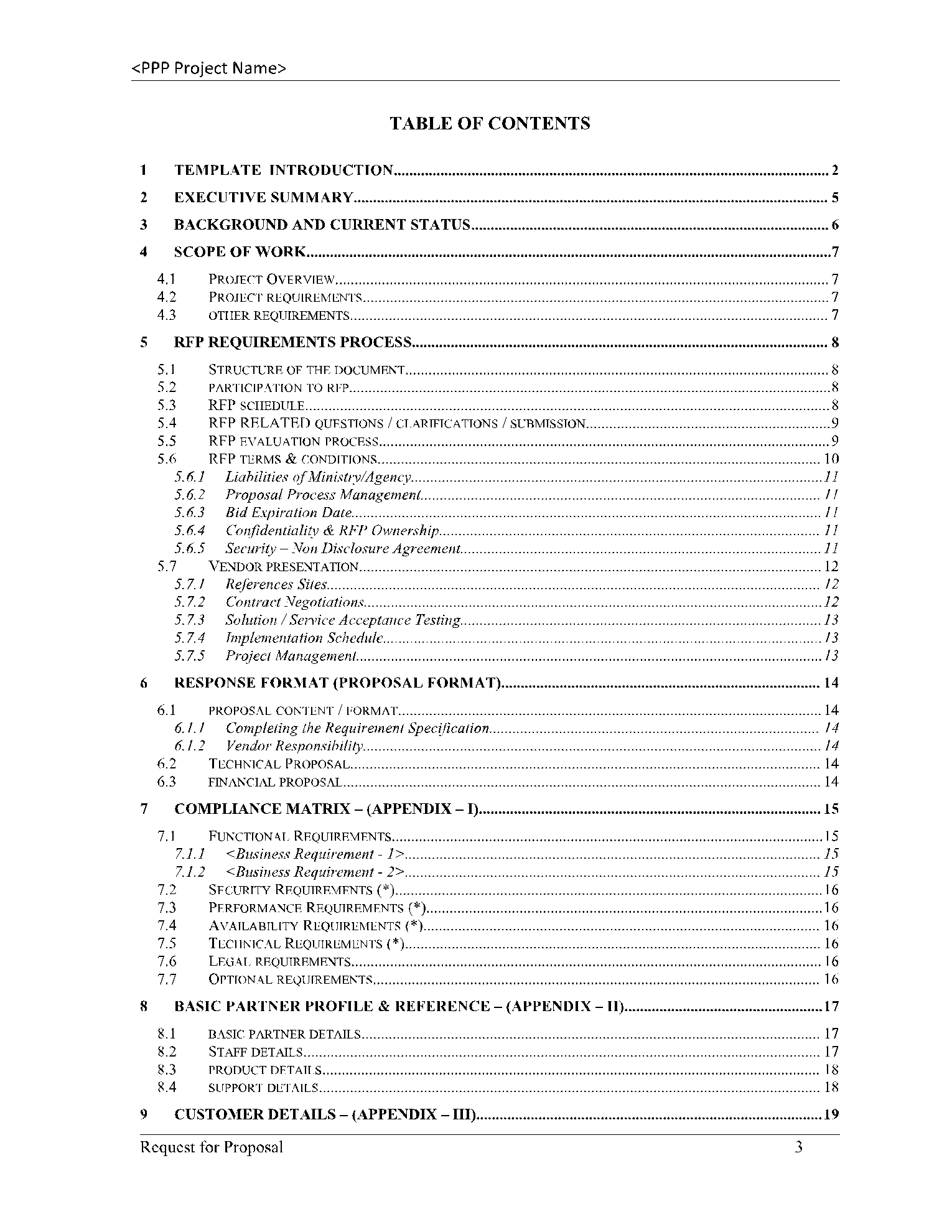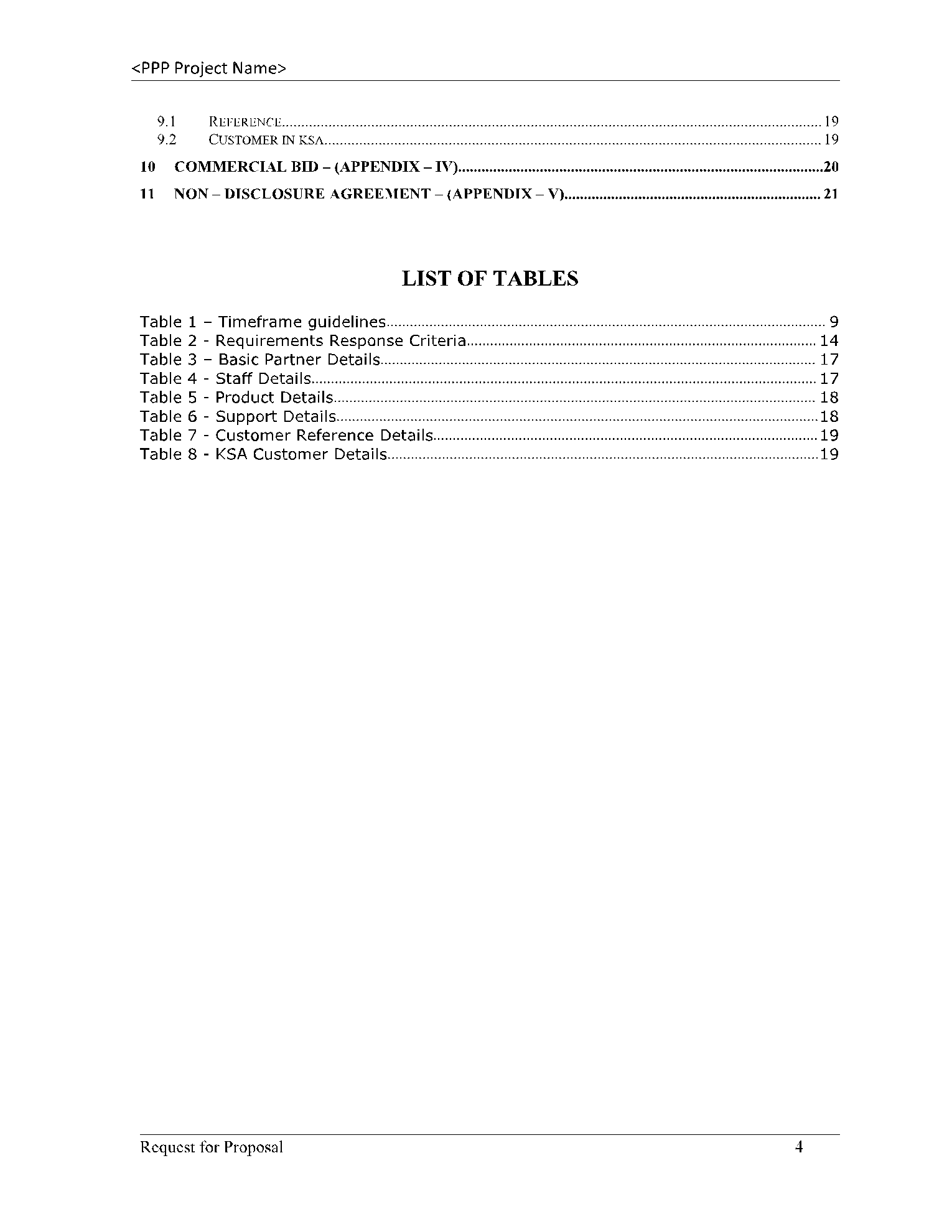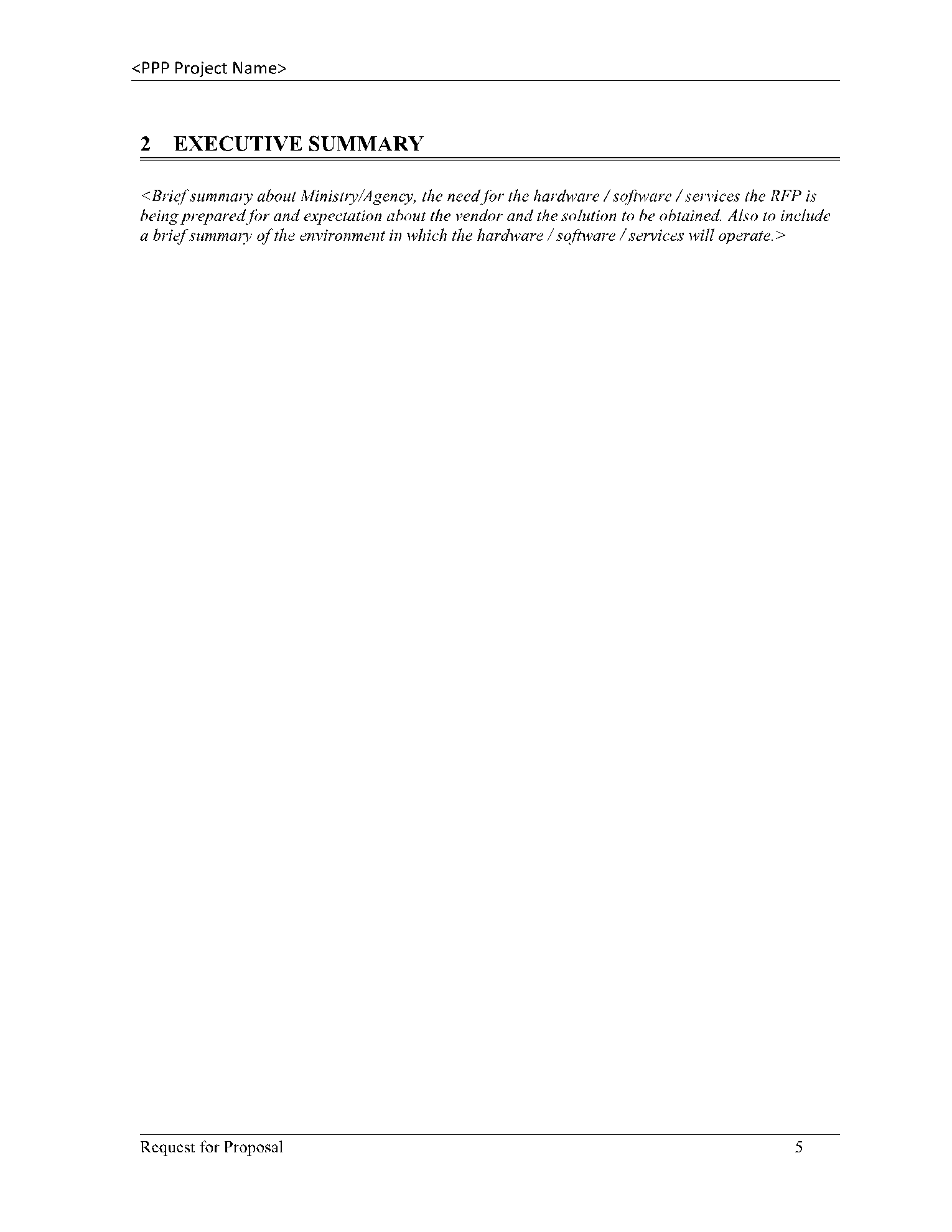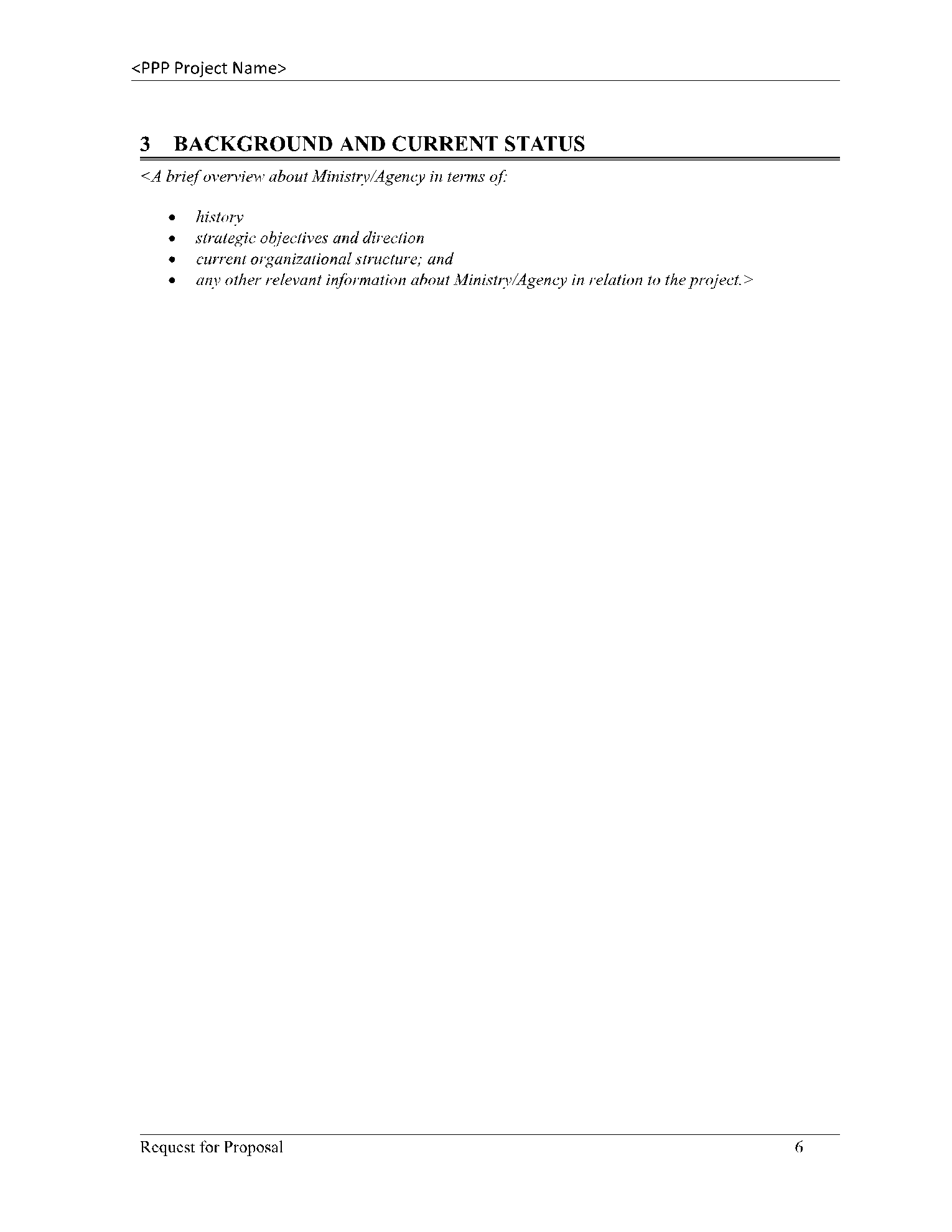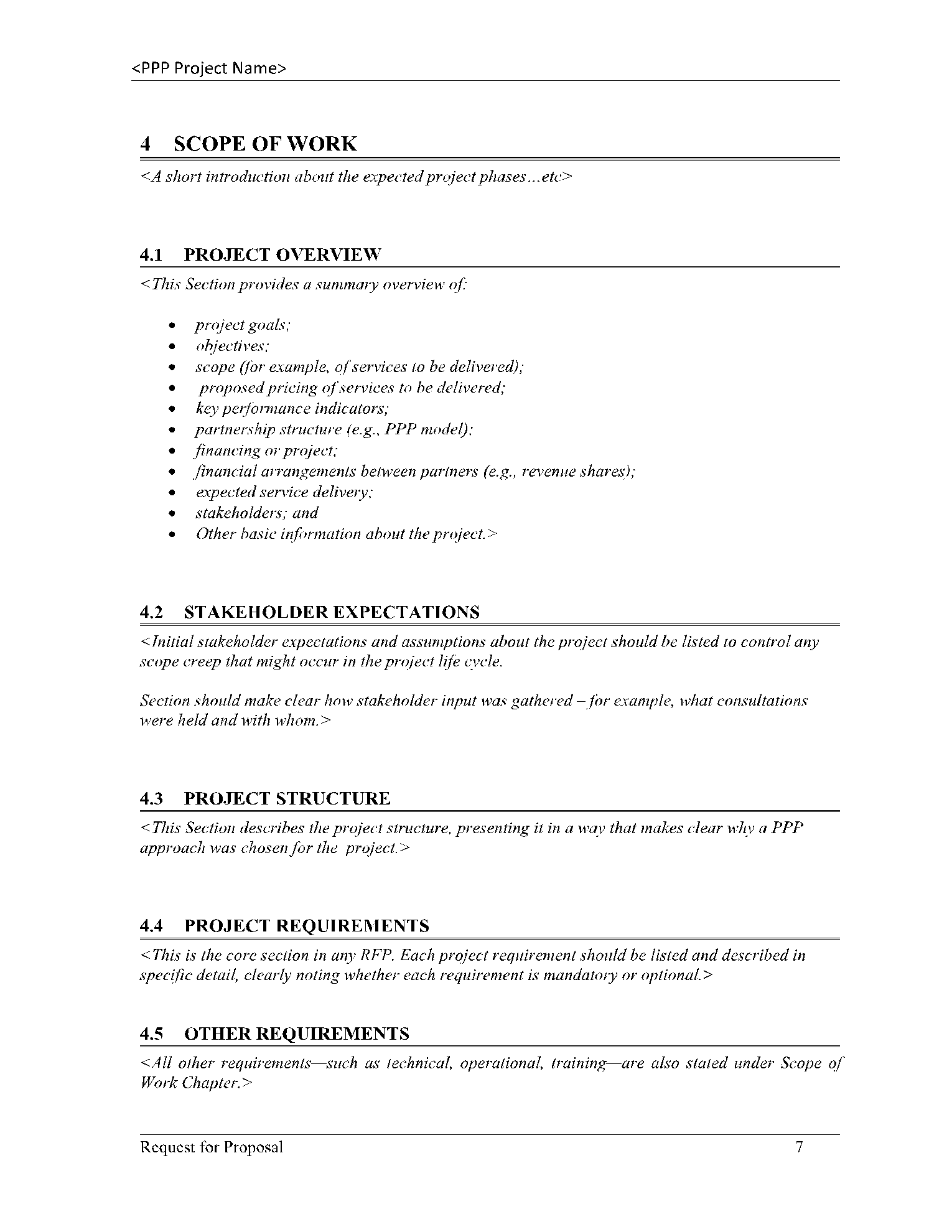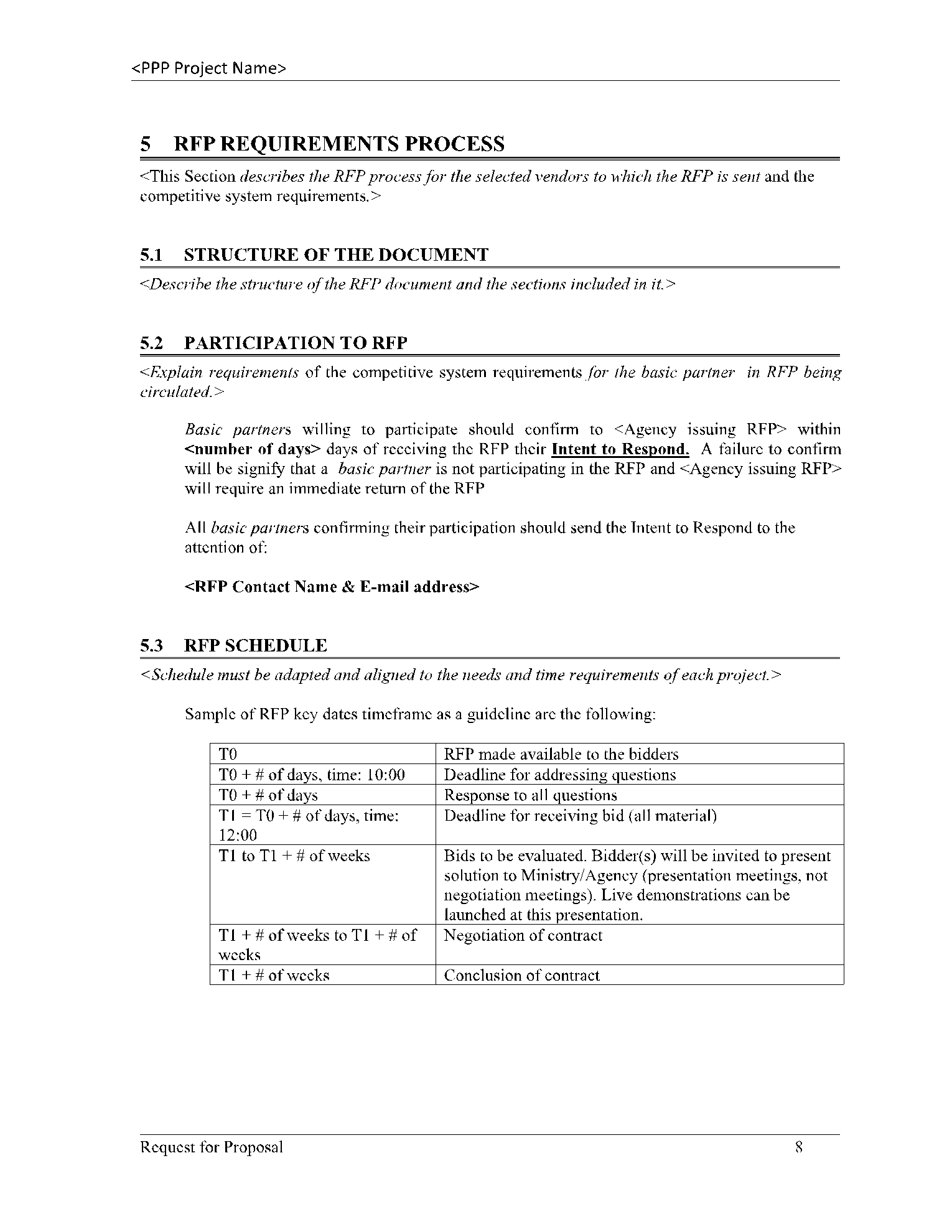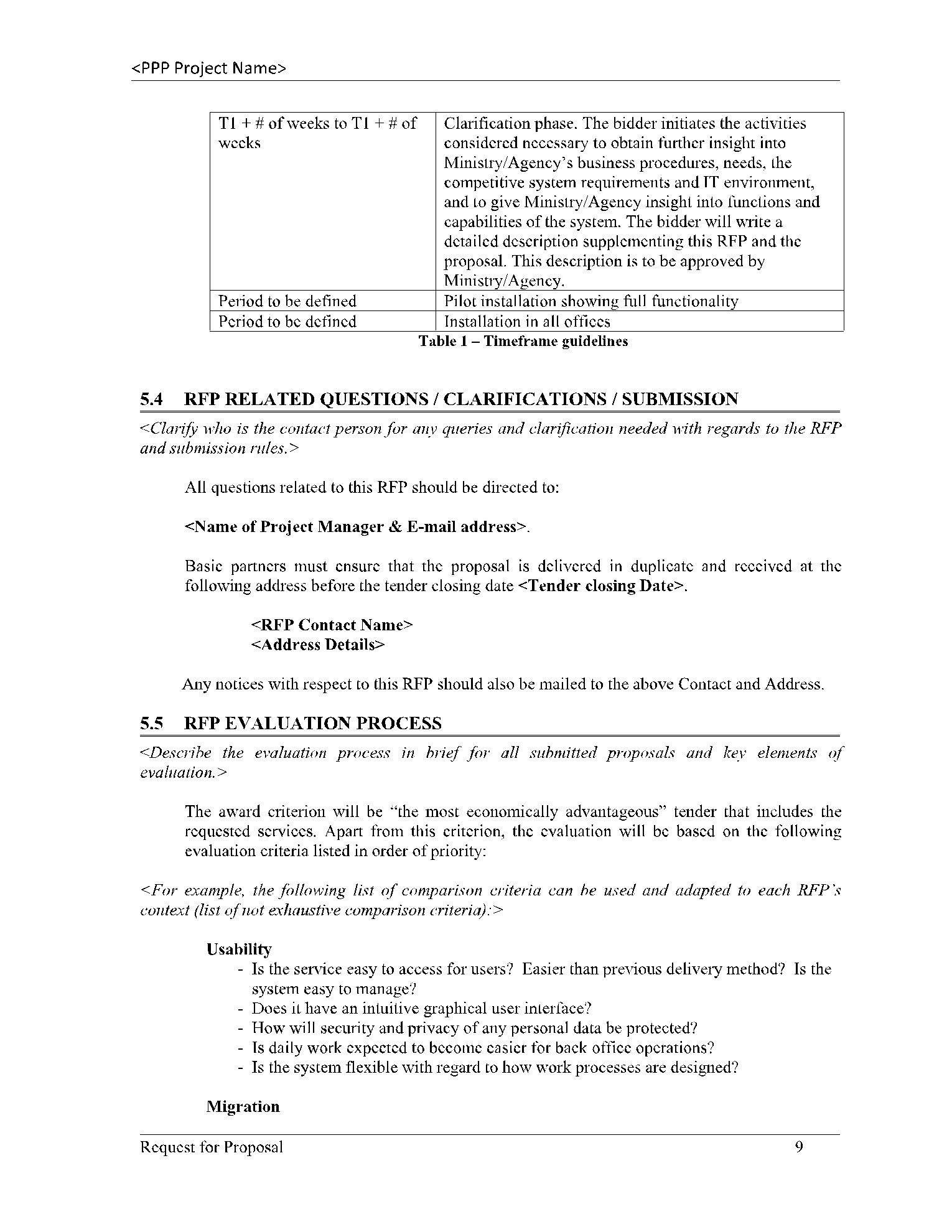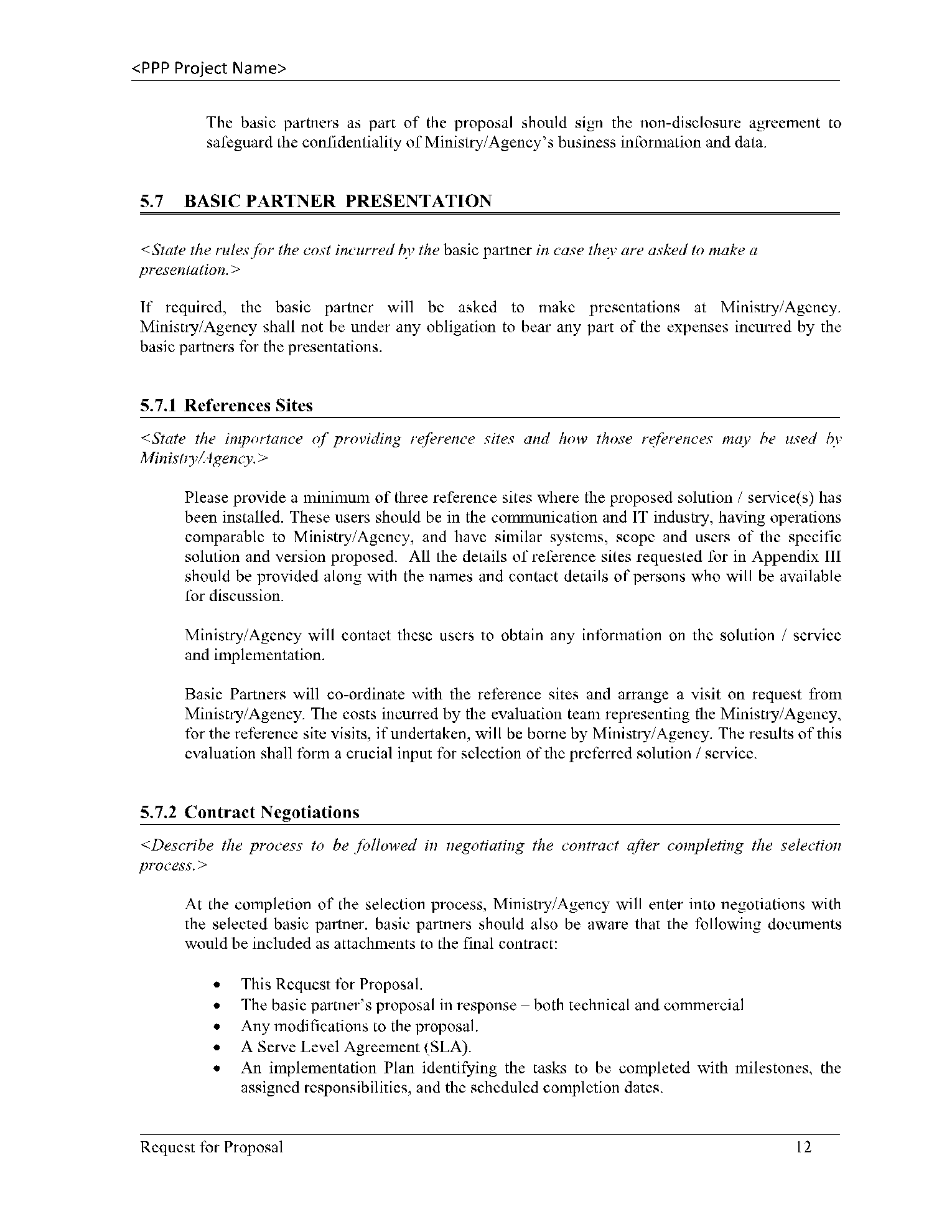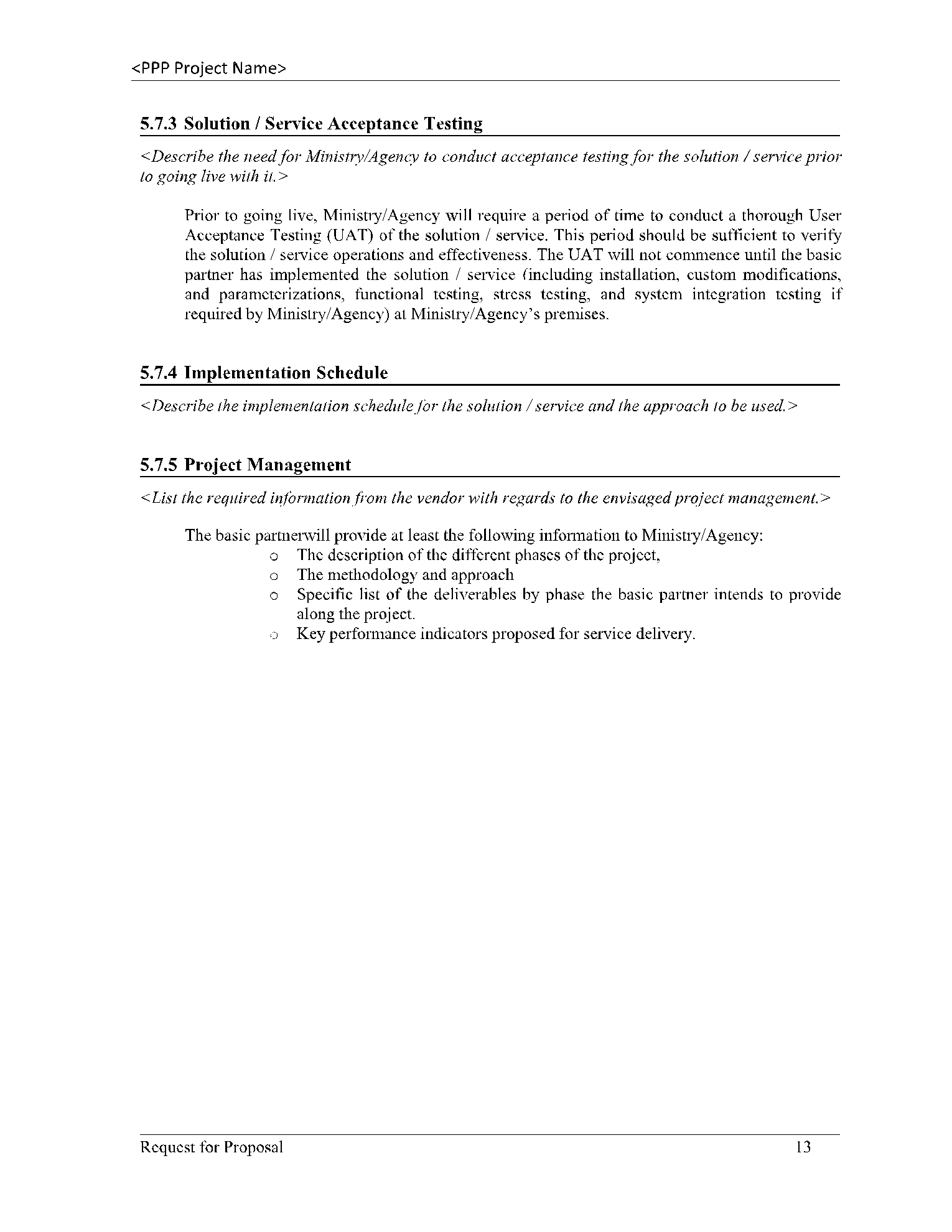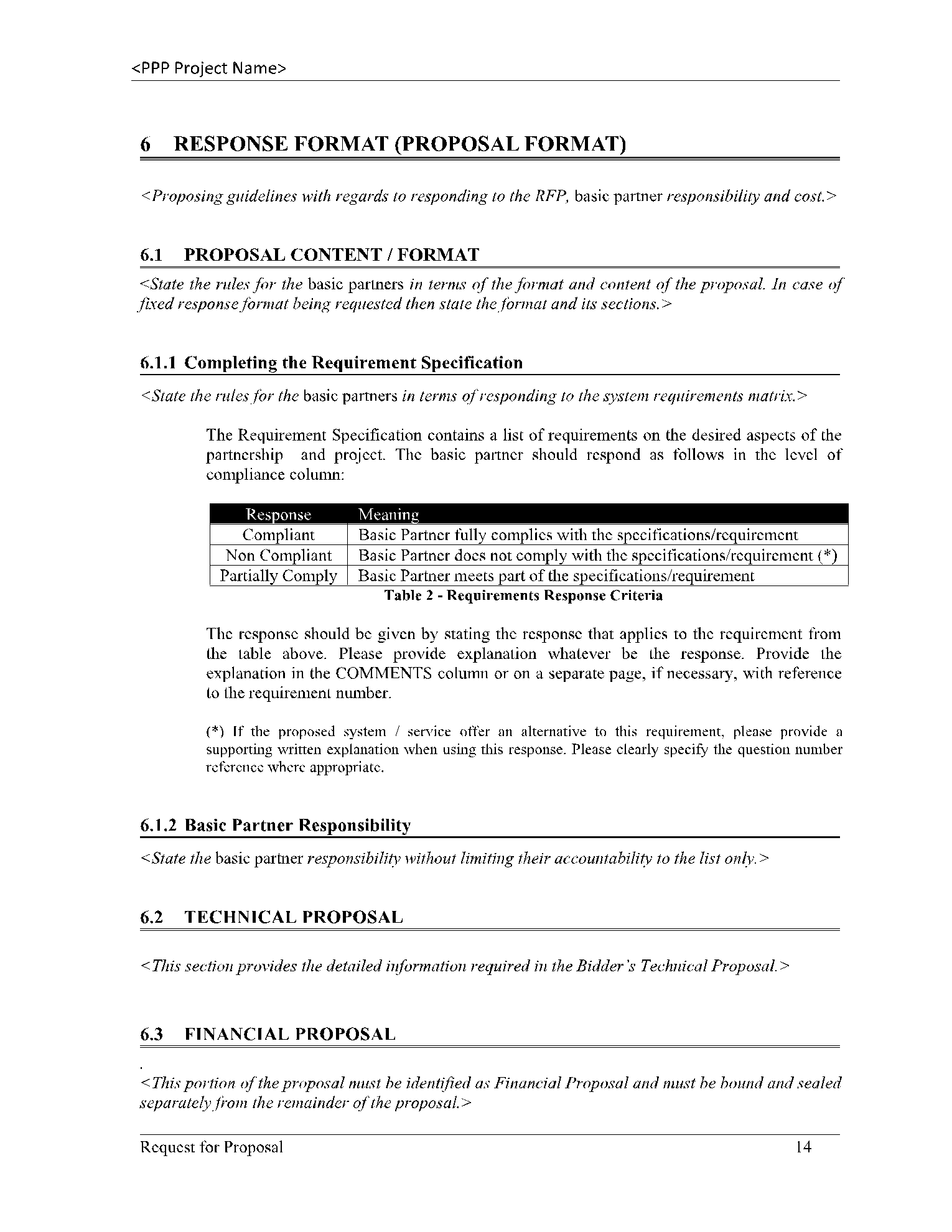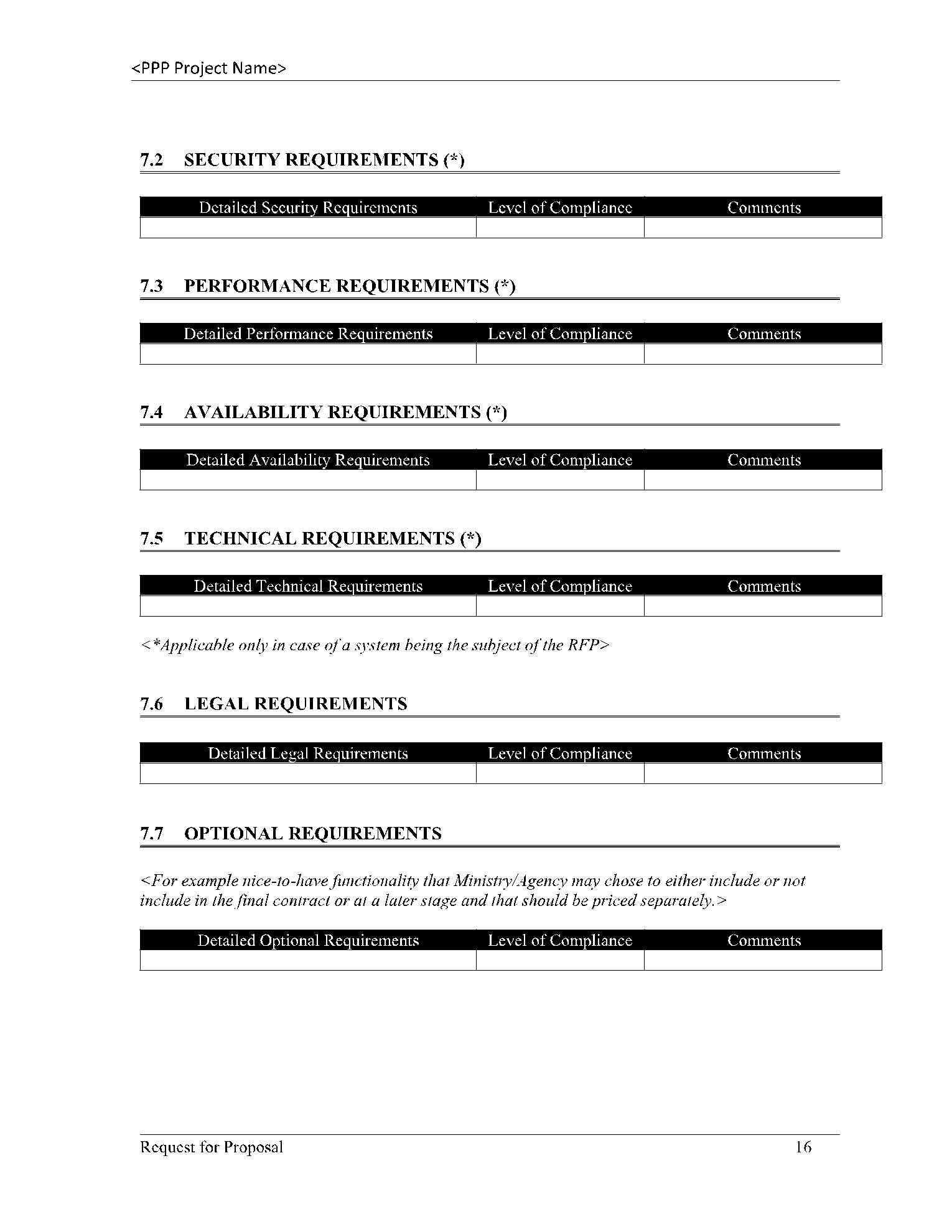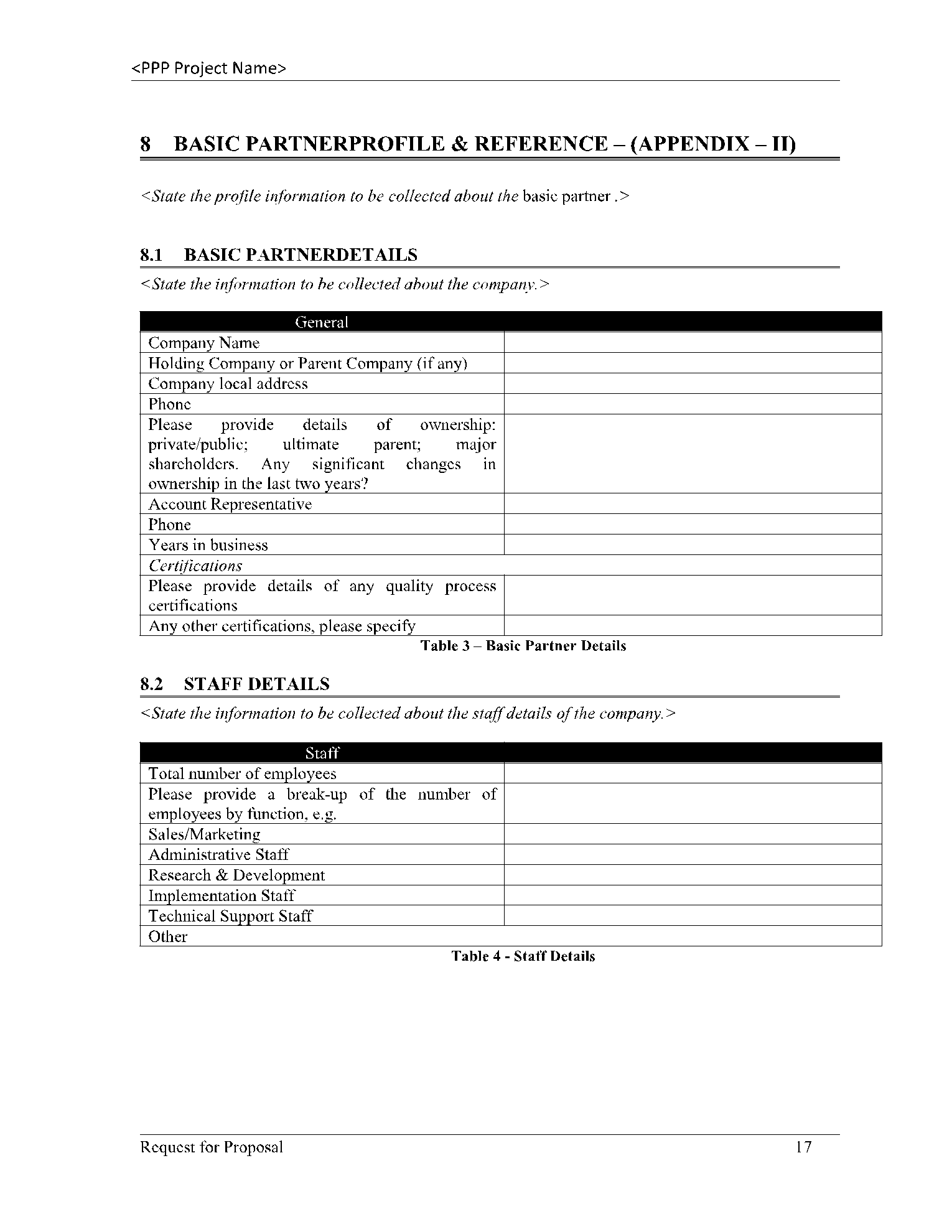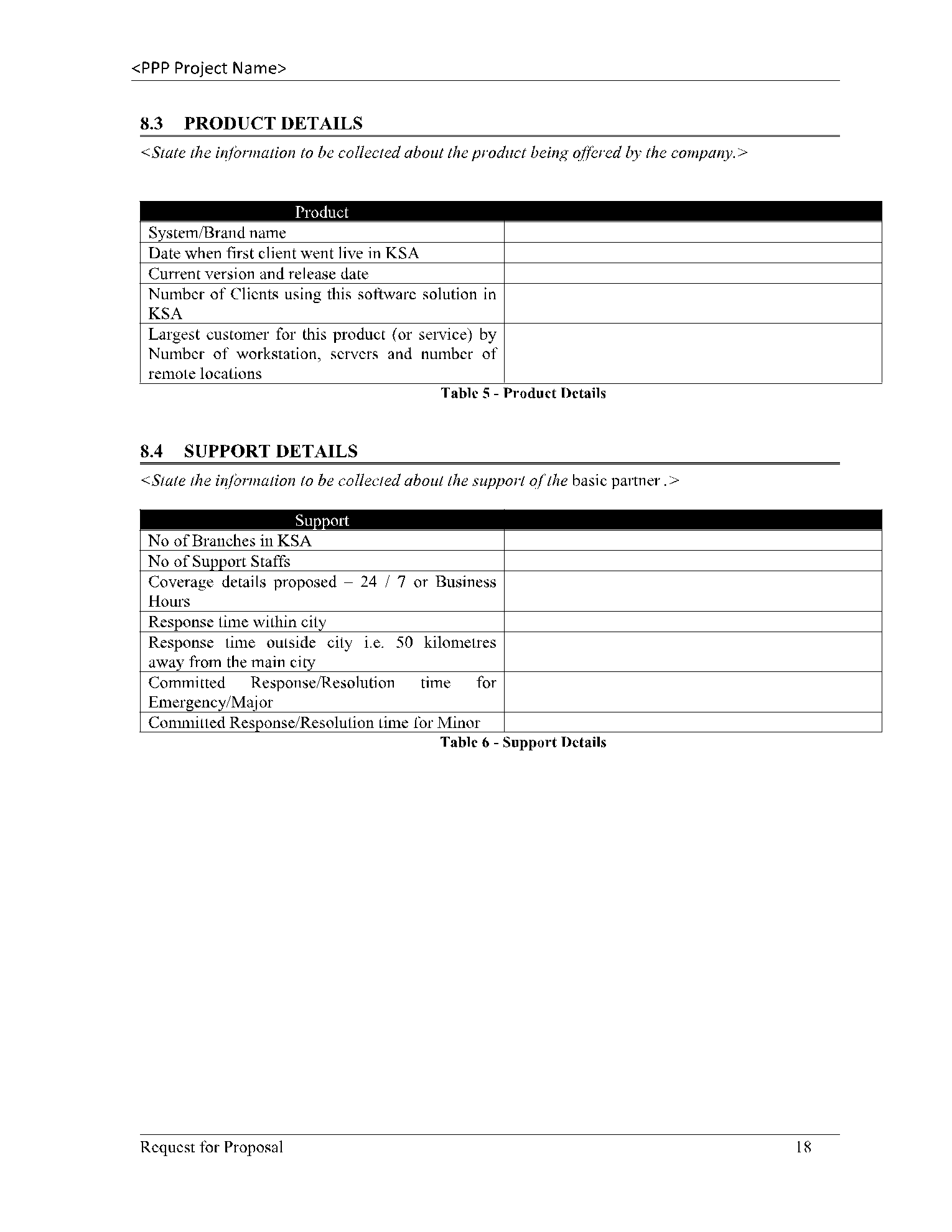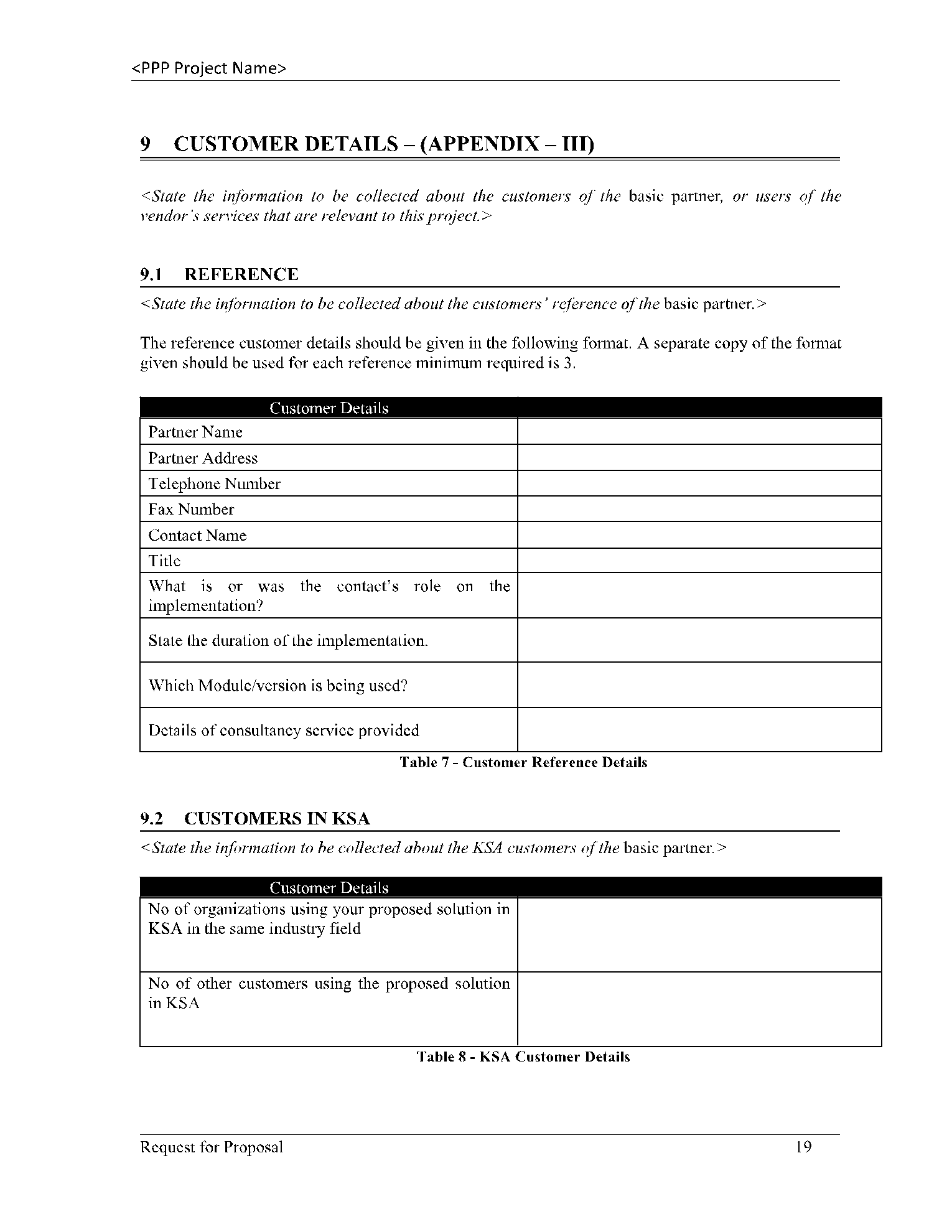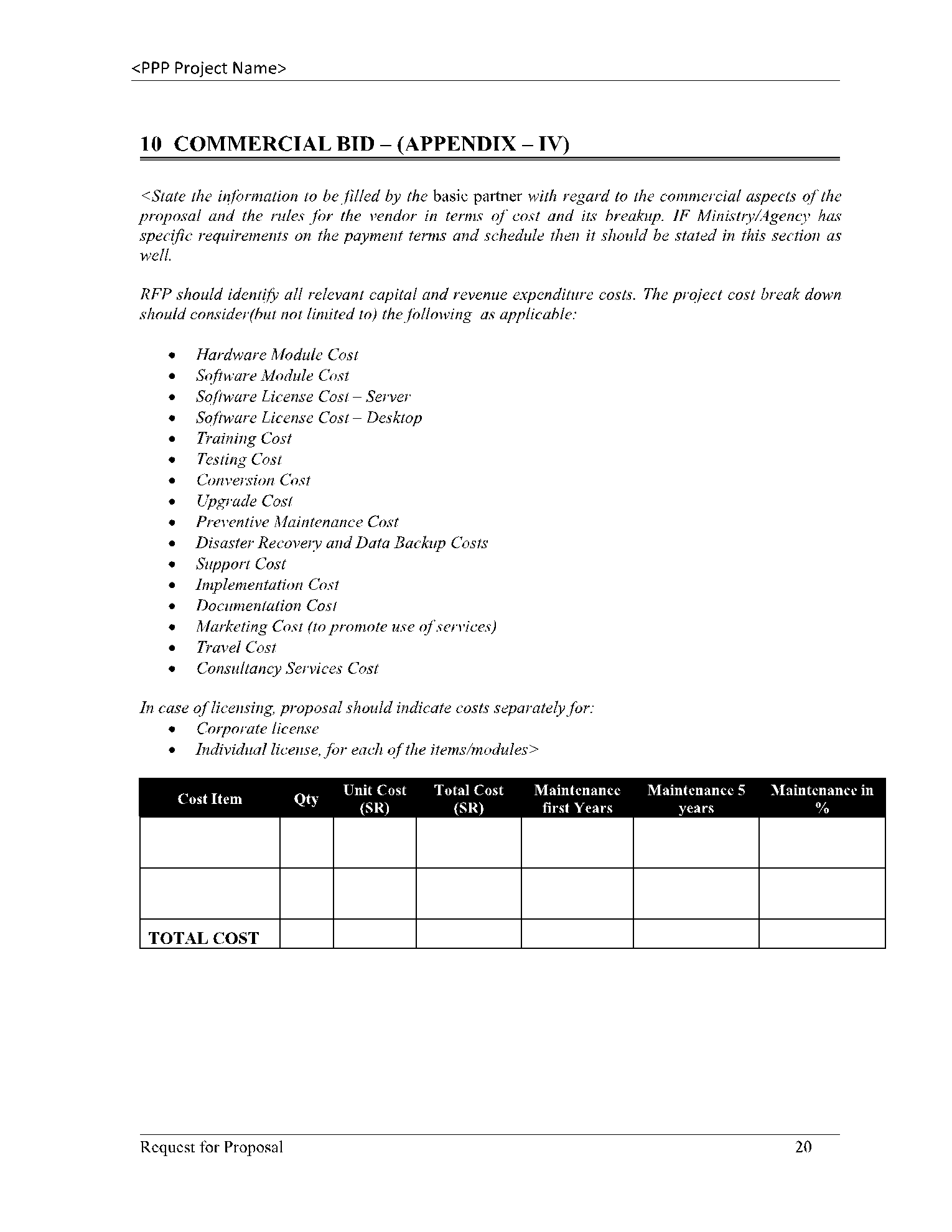When a company or an agency needs to find the right team for a particular project, they announce it by issuing a request for proposal. It’s the best way to make sure future participants in the bidding process completely understand the requirements.
And using a request for proposal template helps you express all the essential aspects and also helps the teams decide if they qualify and should send their proposals.
What Is a Request for Proposal?
A request for proposal is a formal invitation addressed to agencies and freelancers, to send their proposals for a particular project. It contains the essential conditions they must respect, and your expectations at the end of the project.
To make sure you create the best guidelines, you need to start your document from an RFP template. That way, the information will be clear, and only qualified teams should apply.
Get Your Free Editable Request for Proposal Template Here
When a business wishes to start a project, it will invite other businesses that offer the services it needs to send in their proposals. Our easy to edit request for proposal sample is your perfect guide to writing a compelling request that will capture the attention of the best service providers. Download it now and start receiving offers.
What Is the Difference Between Request for Proposal and Request for Information?
A company sends a request for information to gather general information on a specific team or freelancer. It doesn’t involve the details of a particular project, just casual questions about their services or products, or their position on the market.
On the other hand, a request for proposals is a more complex document meant to encourage contractors to offer their services for a specific project.
It needs to give more details, to make sure the bids they receive are relevant and that they will bring the right solution to their problem. A sample request for proposal will clearly show the differences between these two types of requests.
What Needs to Be Included in a Request for Proposal?
A well-conceived request for proposal will help you receive only relevant responses, which is why it’s a good idea to use a standard request for proposals format. That way, your document will include all the essential elements:
- An introduction, where you present the general goals of the project, and you mention that you are looking for the team that can provide the most cost-efficient solution.
- The submission guidelines, to make sure the proposals you will receive will follow the same rules.
- The description of the project mentions why this project is necessary and in what way you expect the completion of the project to improve your company’s situation. Don’t be too specific, because the goal is to receive different approaches to the matter, and that the bidders use their creativity and resources to find the best solution.
- The scope of the project has to show the specific requirements and the criteria you will use to evaluate the progress of the project.
- The timeline is essential, both that of the RFP and of the project.
- The budget is one of the crucial aspects, so make sure you clearly present it.
- The factors you will use to evaluate the proposals will also help participants send more relevant documents
Get Your Free Editable Request for Proposal Template Here
When a business wishes to start a project, it will invite other businesses that offer the services it needs to send in their proposals. Our easy to edit request for proposal sample is your perfect guide to writing a compelling request that will capture the attention of the best service providers. Download it now and start receiving offers.
Conclusion
Requests for proposals are an excellent way for companies to find the best teams or freelancers for their projects. It’s a process that encourages healthy and fair competition, and if it’s done right, it’s quite beneficial.
If you’re looking for someone to complete one of your projects, it’s time to ask for proposals. You can start by reading an RFP sample, and then use a high-quality request for proposal template to create the most efficient document.
CocoSign is an excellent choice when it comes to all types of proposal templates, including a great RFP template that you can use to find the best team for your project.
Request for Proposal FAQs
-
What is the next step once you have finished writing your RFP?
The first thing you need to do is to make the document public using all possible ways. Then it would be best if you gave it enough time to reach all interested parties, so you will have more options to choose from.
Once you have reviewed all the proposals and have selected the best one, you can continue the negotiation for every aspect of the project. It will take some time and some excellent communication skills to reach the result you want, and it all starts with a proper request for a proposal doc.
-
Is there a charge for issuing a request for proposal?
No, there is no charge for the RFP, and you can even use a free request for a proposal template.
-
Which comes first, RFI or RFP?
The RFI comes first because it asks for more general information. Based on it, the company may continue with an RFP or an RFQ (request for quotation).
-
How long is the RFP process?
The length of the RFP process depends on each particular situation, but when it involves a large company, it can take about three months.
-
What are the disadvantages of using an RFP?
Two things can go wrong during this process. On the one hand, if you set standards that are too specific, some bidders may feel discouraged and change their minds about sending their proposals.
That doesn’t mean you shouldn’t set any standards, but it’s a good idea to let them know a certain level of creativity is encouraged. On the other hand, if the competition is low, those few bidders that send proposals may try to negotiate the terms to their favor.
DOCUMENT PREVIEW
TABLE OF CONTENTS
1 Template Introduction
2 Executive Summary.......................................................5
3 Background and current status...............................................6
4 Scope of work............................................................7
4.1 Project Overview......................................................7
4.2 Project requirements....................................................7
4.3 other requirements.....................................................7
5 RFP requirements Process...................................................8
5.1 Structure of the document.................................................8
5.2 participation to rfp......................................................8
5.3 RFP schedule.........................................................8
5.4 RFP RELATED questions / clarifications / submission..............................9
5.5 RFP evaluation process..................................................9
5.6 RFP terms & conditions.................................................10
5.6.1 Liabilities of Ministry/Agency...........................................10
5.6.2 Proposal Process Management..........................................10
5.6.3 Bid Expiration Date..................................................11
5.6.4 Confidentiality & RFP Ownership........................................11
5.6.5 Security – Non Disclosure Agreement......................................11
5.7 Vendor presentation....................................................11
5.7.1 References Sites....................................................12
5.7.2 Contract Negotiations.................................................12
5.7.3 Solution / Service Acceptance Testing......................................12
5.7.4 Implementation Schedule..............................................13
5.7.5 Project Management.................................................13
6 response format (Proposal format)............................................14
6.1 proposal content / format................................................14
6.1.1 Completing the Requirement Specification...................................14
6.1.2 Vendor Responsibility.................................................14
6.2 Technical Proposal....................................................14
6.3 financial proposal.....................................................14
7 compliance Matrix – (Appendix – I)...........................................15
7.1 Functional Requirements................................................15
7.1.1 <Business Requirement - 1>............................................15
7.1.2 <Business Requirement - 2>............................................15
7.2 Security Requirements (*)................................................16
7.3 Performance Requirements (*).............................................16
7.4 Availability Requirements (*).............................................16
7.5 Technical Requirements (*)...............................................16
7.6 Legal requirements....................................................16
7.7 Optional requirements..................................................16
8 Basic partner profile & reference – (Appendix – II).................................17
8.1 basic partner details....................................................17
8.2 Staff details.........................................................17
8.3 product details.......................................................18
8.4 support details.......................................................18
9 customer details – (Appendix – III)............................................19
9.1 Reference..........................................................19
9.2 Customer in ksa......................................................19
10 commercial bid – (Appendix – IV).............................................20
11 non – disclosure agreement – (Appendix – V).....................................21
LIST OF TABLES
Table 1 – Timeframe guidelines
Table 2 - Requirements Response Criteria.....................................14
Table 3 – Basic Partner Details..............................................17
Table 4 - Staff Details......................................................17
- Can the system be expected to handle future service needs?
- Is the financial investment of bidder in the project likely to be adequate?
Basic Partner
- Does the bidder have a solid financial foundation?
- Does bidder have a proven track record of clean financial management?
- Does the bidder have a proven track record of relevant competencies, service delivery, support, etc. considered to be a reliable potential partner?
- Does vendor have a proven track record of delivery these types of services?
- Has vendor been involved in a PPP before?
- Does vendor have a record of successfully delivering projects (on or under budget) to public sector?
- Does the development roadmap offer vision and perspective? Is it realistic?
Technology
- Is the technology used state-of-the-art? Will it be able to scale and handle new demands?
- Does the bidder have a proven track record using the technology?
- Does the solution use open standards?
- Does the solution respect de facto standards?
- Is the technology prepared for future development?
- Are there any security issues existing related to the technology?
Process
- Does the outlined process for implementation, project organization, plan for education and information, etc. seem adequate?
- Is training adequately addressed in the deployment plan?
Project Management
- What are the proposed mechanisms for project management?
- How will communications between partners be handled?
- Does bidder propose a plan for marketing of the services?
- Has bidder adequately addressed risk management?
1.1 RFP terms & conditions
<State the detailed terms and conditions for the RFP. Those terms and conditions to be split into sub-section under this section.>.
1.1.1 Liabilities of Ministry/Agency
<State the liabilities of Ministry/Agency with regards to the RFP.>
This RFP is only an invitation for proposal and no contractual obligation on behalf of Ministry/Agency whatsoever shall arise from the RFP process unless and until a formal contract is signed between Ministry/Agency and the Basic partner.
This RFP does not commit Ministry/Agency to pay any cost incurred in the preparation or submission of any proposal or to procure or contract for any services.
1.1.2 Proposal Process Management
<Explain the processing of the proposal in Ministry/Agency.>
Ministry/Agency reserves the right to accept or reject any and all proposals, to revise the RFP, to request one or more re-submissions or clarification from one or more basic patners , or to cancel the process in part or whole. No basic partner is obligated to respond to or to continue to respond to the RFP after the submission and closing date.
Ministry/Agency will, at its discretion, award the contract to the responsible vendor submitting the best proposal that complies with the RFP. Ministry/Agency may, at its sole discretion, reject any or all proposals received or waive minor defects, irregularities, or informalities therein.
1 compliance Matrix – (Appendix – I)
<Detail the system / service requirements based on the business requirements.
This level of compliance criteria are provided as an example for software RFPs. However, this can be adapted following the RFP subject in order to assess the basic partner’s proposal. For PPPs, careful attention must be given to requirements for the delivery of services required.>
Level of Compliance:
Using the level codes 1 to 5, the bidder must indicate how requirements will be met.
The level codes 1 to 4 indicate completion, whereas level code 5 indicates non-completion.
1 = Standard.
Completion takes place as standard.
2 = New version
Completion requires a new version, which will be standard in the next version. Date for next the version must be indicated in the comment field. The date will be in accordance with the time schedule. The new version will be included in the offer.
3 = Will be adjusted.
Compliance required adjustment. Adjustment is included in the offer.
4 = Special development.
Compliance requires special development, which will be included in the offer. Date for completed special development must be stated as a comment, and be in accordance with the time schedule.
5 = Cannot be implemented.
Completion will not take place
Estimated price for a fulfillment in case of degree of completion 4:
In connection with level of compliance 4, the estimated price for a fulfillment must be stated in the specified field
Comments:
